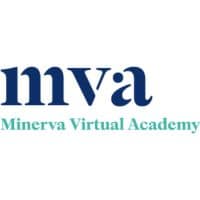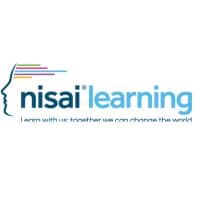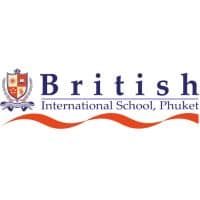Find your primary school
Explore our selection of primary schools
Anywhere
Any type
Any age group
Any gender
Any curriculum
More
More
More
Show more
Unique primary schools
Parents and students agree: these primary schools have a lot to offer
Minerva Virtual Academy
London, UK
Minerva Virtual Academy (MVA) provides an award-winning, flexible British education for 11 to 18 year olds, covering Key Stage 3, GCSEs, and A Levels, that can be studied f...
Nisai Learning
England, UK
The Nisai Virtual Academy is a global online learning community that extends beyond the constraints of the traditional school walls. We have been inspiring students to be t...
British International School, Phuket
Phuket, Thailand
British International School, Phuket (BISP), is an English medium, co-educational, day and boarding school that was established in 1996 in the heart of Phuket, Thailand.
primary schools for every style
The right primary school for your next family milestone
Popular curricula for 06-12 yo
Other great primary schools worldwide
All about primary schools
A primary school or elementary school is a school for primary education of children who are 5-6 to 11-12 years of age. Primary education at primary school or elementary school, and sometimes in the early years of middle school. Primary schooling follows pre-school and precedes secondary schooling.
What are primary schools?
Primary school, also known as elementary school, is a term used to describe educational institutions which provide instruction for students aged between 5 and 11. It typically preceded by nursery or kindergarten and serves as the first stage of compulsory education.
It typically includes a curriculum of academic subjects such as reading, writing, mathematics and science.
The Benefits of attending primary schools
Attending a private primary school can offer many benefits, including:
- Smaller class sizes, leading to increased individual attention from teachers
- An enriched curriculum, often with added extracurricular activities such as music and art
- Highly qualified teachers with up-to-date knowledge in their subject areas
- Access to the latest educational technology and active learning techniques
- A more structured and supportive environment which promotes personal development





